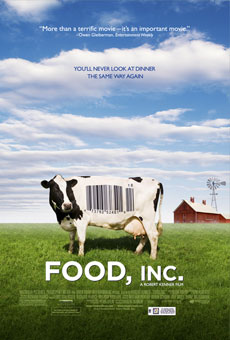 I noted in a previous post (The Altria Earnings Protection Act) that Philip Morris, the major player in the U.S. tobacco industry, was fully supportive of the upcoming Congressional bill that will give the FDA control over tobacco. At the time it seemed to make sense that “Altria,” the newly sanitized name for the same company we used to call Philip Morris, would support the bill, since it gave them an economic advantage against their competitors, who oppose it.
I noted in a previous post (The Altria Earnings Protection Act) that Philip Morris, the major player in the U.S. tobacco industry, was fully supportive of the upcoming Congressional bill that will give the FDA control over tobacco. At the time it seemed to make sense that “Altria,” the newly sanitized name for the same company we used to call Philip Morris, would support the bill, since it gave them an economic advantage against their competitors, who oppose it.
The bill has now emerged from the Senate Committee on Health, Education, Labor and Pensions (HELP). In the final rancorous days of disagreement among committee members, the ranking Republican Senator, Mike Enzi, revealed that Philip Morris was not only involved in negotiating the bill, but was actually a co-author. “We need to fight the war on tobacco head on, not sign a peace treaty with Philip Morris, one of the authors and strongest supporters of this bill.” This was not a casual comment where the Senator might have been speaking figuratively. This was in an official post on the HELP Committee website.
Enzi proposed placing tobacco regulation under the Centers for Disease Control and Prevention (CDC), where decisions would be made using “science, not politics.” He believed the FDA, concerned with restoring health and keeping the nation’s food supply safe, was not the appropriate organization. Said Enzi: “[The] FDA approves cures, not poisons.”
Read more











